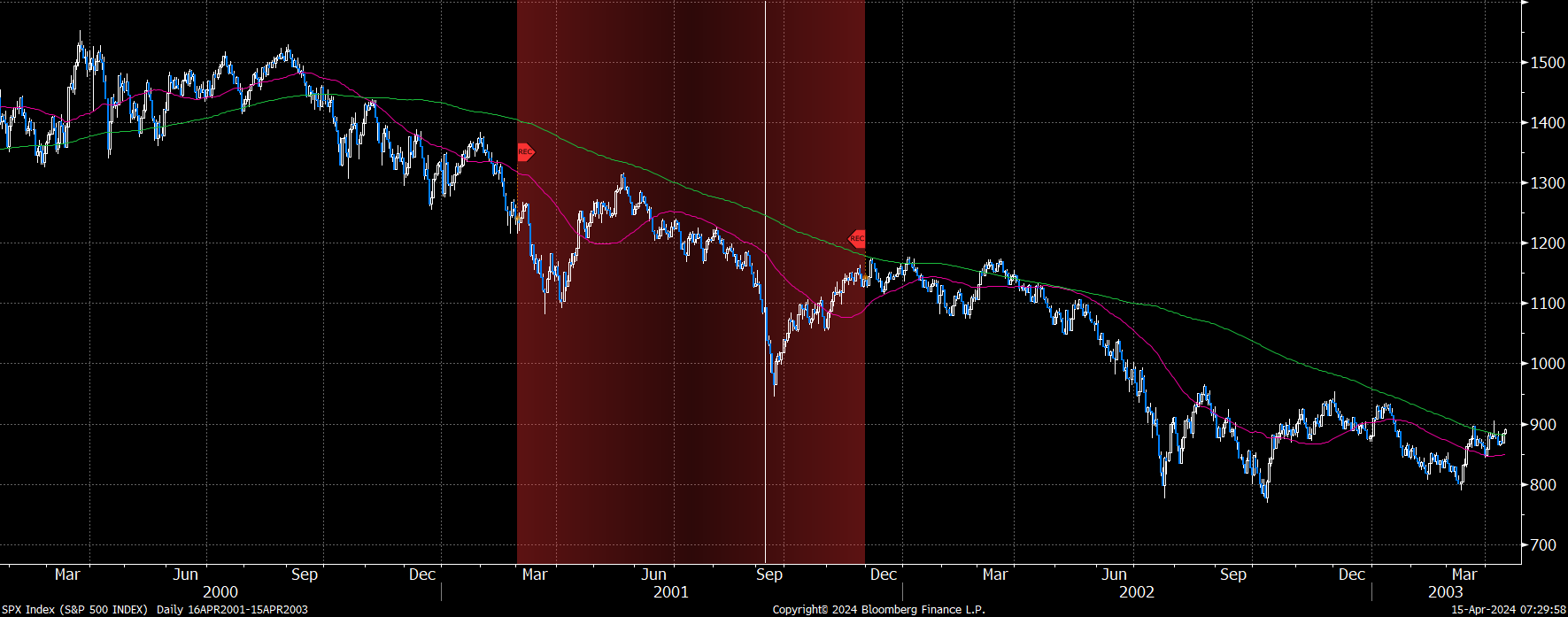Investment
BSR Real Estate Investment Trust Announces Results of Voting at Annual Meeting of Unitholders – Canada NewsWire
LITTLE ROCK and TORONTO, May 15, 2020 /CNW/ – BSR Real Estate Investment Trust (the “REIT“) (TSX: HOM.U; HOM.UN) announced today the results of voting at its virtual annual meeting of unitholders held on May 15, 2020 (the “Meeting“).
All of the nominees listed in the management information circular prepared in connection with the Meeting were elected as trustees of the REIT. The REIT received proxies and virtual votes at the Meeting as set out below:
|
Nominee |
Votes For |
% Votes For |
Votes |
% Votes |
|
John S. Bailey |
11,360,657 |
99.96% |
5,003 |
0.04% |
|
William A. Halter |
11,334,893 |
99.73% |
30,767 |
0.27% |
|
Bryan H. Held |
9,556,000 |
84.08% |
1,809,660 |
15.92% |
|
W. Daniel Hughes, Jr. |
11,360,588 |
99.96% |
5,072 |
0.04% |
|
Neil J. Labatte |
9,559,105 |
84.11% |
1,806,555 |
15.89% |
|
Graham D. Senst |
10,193,123 |
89.68% |
1,172,537 |
10.32% |
|
Elizabeth A. Wademan |
8,939,813 |
78.66% |
2,425,847 |
21.34% |
In addition, the REIT reports that the appointment of KPMG LLP as the REIT’s auditors for the 2020 fiscal year was passed by a majority of the votes represented at the Meeting.
The REIT’s full report of voting results on matters presented at the Meeting can be found at www.sedar.com.
About BSR Real Estate Investment Trust
BSR Real Estate Investment Trust is an internally managed, unincorporated, and open-ended real estate investment trust established pursuant to a declaration of trust under the laws of the Province of Ontario. The REIT owns a portfolio of multifamily garden-style residential properties located in attractive primary and secondary markets in the Sunbelt region of the United States.
SOURCE BSR Real Estate Investment Trust


For further information: Susan Koehn, Chief Financial Officer, BSR Real Estate Investment Trust, Tel: 501.371.6335, Fax: 501.374.3383
Related Links
Investment
Investors are growing increasingly weary of AI – TechCrunch


After years of easy money, the AI industry is facing a reckoning.
A new report from Stanford’s Institute for Human-Centered Artificial Intelligence (HAI), which studies AI trends, found that global investment in AI fell for the second year in a row in 2023.
Both private investment — that is, investments in startups from VCs — and corporate investment — mergers and acquisitions — in the AI industry were on the downswing in 2023 versus the year prior, according to the report, which cites data from market intelligence firm Quid.
AI-related mergers and acquisitions fell from $117.16 billion in 2022 to $80.61 billion in 2023, down 31.2%; private investment dipped from $103.4 billion to $95.99 billion. Factoring in minority stake deals and public offerings, total investment in AI dropped to $189.2 billion last year, a 20% decline compared to 2022.
Yet some AI ventures continue to attract substantial tranches, like Anthropic’s recent multibillion-dollar investment from Amazon and Microsoft’s $650 million acquisition of Inflection AI’s top talent (if not the company itself). And more AI companies are receiving investments than ever before, with 1,812 AI startups announcing funding in 2023, up 40.6% versus 2022, according to the Stanford HAI report.
So what’s going on?
Gartner analyst John-David Lovelock says that he sees AI investing “spreading out” as the largest players — Anthropic, OpenAI and so on — stake out their ground.
“The count of billion-dollar investments has slowed and is all but over,” Lovelock told TechCrunch. “Large AI models require massive investments. The market is now more influenced by the tech companies that’ll utilize existing AI products, services and offerings to build new offerings.”
Umesh Padval, managing director at Thomvest Ventures, attributes the shrinking overall investment in AI to slower-than-expected growth. The initial wave of enthusiasm has given way to the reality, he says: that AI is beset with challenges — some technical, some go-to-market — that’ll take years to address and fully overcome.
“The deceleration in AI investing reflects the recognition that we’re still navigating the early phases of the AI evolution and its practical implementation across industries,” Padval said. “While the long-term market potential remains immense, the initial exuberance has been tempered by the complexities and challenges of scaling AI technologies in real-world applications … This suggests a more mature and discerning investment landscape.”
Other factors could be afoot.
Greylock partner Seth Rosenberg contends that there’s simply less appetite to fund “a bunch of new players” in the AI space.
“We saw a lot of investment in foundation models during the early part of this cycle, which are very capital intensive,” he said. “Capital required for AI applications and agents is lower than other parts of the stack, which may be why funding on an absolute dollar basis is down.”
Aaron Fleishman, a partner at Tola Capital, says that investors might be coming to the realization that they’ve been too reliant on “projected exponential growth” to justify AI startups’ sky-high valuations. To give one example, AI company Stability AI, which was valued at over $1 billion in late 2022, reportedly brought in just $11 million in revenue in 2023 while spending $153 million on operating expenses.
“The performance trajectories of companies like Stability AI might hint at challenges looming ahead,” Fleishman said. “There’s been a more deliberate approach by investors in evaluating AI investments compared to a year ago. The rapid rise and fall of certain marquee name startups in AI over the past year has illustrated the need for investors to refine and sharpen their view and understanding of the AI value chain and defensibility within the stack.”
“Deliberate” seems to be the name of the game now, indeed.
According to a PitchBook report compiled for TechCrunch, VCs invested $25.87 billion globally in AI startups in Q1 2024, up from $21.69 billion in Q1 2023. But the Q1 2024 investments spanned across only 1,545 deals compared to 1,909 in Q1 2023. Mergers and acquisitions, meanwhile, slowed from 195 in Q1 2023 to 176 in Q1 2024.
Despite the general malaise within AI investor circles, generative AI — AI that creates new content, such as text, images, music and videos — remains a bright spot.
Funding for generative AI startups reached $25.2 billion in 2023, per the Stanford HAI report, nearly ninefold the investment in 2022 and about 30 times the amount from 2019. And generative AI accounted for over a quarter of all AI-related investments in 2023.
Samir Kumar, co-founder of Touring Capital, doesn’t think that the boom times will last, however. “We’ll soon be evaluating whether generative AI delivers the promised efficiency gains at scale and drives top-line growth through AI-integrated products and services,” Kumar said. “If these anticipated milestones aren’t met and we remain primarily in an experimental phase, revenues from ‘experimental run rates’ might not transition into sustainable annual recurring revenue.”
To Kumar’s point, several high-profile VCs, including Meritech Capital — whose bets include Facebook and Salesforce — TCV, General Atlantic and Blackstone, have steered clear of generative AI so far. And generative AI’s largest customers, corporations, seem increasingly skeptical of the tech’s promises, and whether it can deliver on them.
In a pair of recent surveys from Boston Consulting Group, about half of the respondents — all C-suite executives — said that they don’t expect generative AI to bring about substantial productivity gains and that they’re worried about the potential for mistakes and data compromises arising from generative AI-powered tools.
But whether skepticism and the financial downtrends that can stem from it are a bad thing depends on your point of view.
For Padval’s part, he sees the AI industry undergoing a “necessary” correction to “bubble-like investment fervor.” And, in his belief, there’s light at the end of the tunnel.
“We’re moving to a more sustainable and normalized pace in 2024,” he said. “We anticipate this stable investment rhythm to persist throughout the remainder of this year … While there may be periodic adjustments in investment pace, the overall trajectory for AI investment remains robust and poised for sustained growth.”
We shall see.
Investment
Latest investment in private health care in P.E.I. raising concerns – CBC.ca


The P.E.I. government’s decision to invest $25 million into for-profit long-term care facilities is raising concerns about the further privatization of the health-care system.
Currently, there is a mix of private and public long-term care facilities on P.E.I. The province said it needed to add 54 new long-term care beds as soon as possible, and the private sector could get the job done faster.
Pat Armstrong, a member of the Canadian Health Coalition who has written cautionary books on the privatization of health care, said the province should have invested in the public beds rather than turning to the private sector.
“Their objective is to make a profit and the money going to profit is not going to care,” Armstrong said.
Three years ago, an internal government report on long-term care found private homes paid workers less and provided fewer care options than public manors.
Michelle Neill, leader of the P.E.I. New Democratic Party, says the recent funding for long-term care beds is good, but could be better. She’s pushing for more financial transparency from both private providers of long-term care in P.E.I. and from the government itself.
The same report said P.E.I. needed hundreds more long-term care beds.
Other examples of the privatization of health care include:
- The Maple app, owned in part by Loblaws and Shoppers Drug Mart.
- Private agency nurses.
- There’s a proposal in the works for a private clinic to address chronic delays with cataract surgery in P.E.I.
NDP Leader Michelle Neill is also raising concerns about the increasing reliance on private, for-profit health care in P.E.I.
“We want to make sure that any kind of expansion goes through the public health-care system and the public long-term care system,” she said. “That way there’s full accountability for all of those funds.”


In a statement, Health P.E.I. said it’s doing what it can to deal with staff shortages, and that “it is crucial to maintain publicly funded services that are high quality, accessible, and provide value for money.”
But the statement didn’t say if it matters whether that public funding goes to a public or private facility.
Armstrong said it does matter.
“If [private care homes] are no longer making a profit, then it makes sense for them to close down, especially if … they are on valuable property that would be attractive to other investors.”
Armstrong will be speaking at a lecture April 23 at Colonel Gray High School in Charlottetown titled Profiting from Care; What’s the Problem. It is hosted by the P.E.I. Health Coalition.
Investment
Why geopolitics should not alter your investment portfolio – BNN Bloomberg
In modern times (post-Second World War), wars have had temporary impacts on markets. The most recent escalation in the Middle East and the ongoing war in Ukraine and Russia are recent examples. The first Gulf War in 1991 is another. Short or long lived, their impacts are likely to be temporary in terms of aggregate demand or supply on corporate fundamentals.
The world tends to adapt to these circumstances surprisingly quickly. The supply chain disruptions for food and energy coming from Russia and Ukraine took a while, but is rarely a discussion point in earnings calls anymore as the war rages on.
Ongoing tensions with AI and computer chips amid U.S.-China tensions are another case in point. In general, we do know that wars are inflationary as they increase spending and reduce productivity overall.
Regionally, however, distortions can have a longer-lasting impact. The vast majority of global conflicts have not occurred in North America and have less impact on the largest economy in the world. Obviously, 9/11 was an exception.
We have seen a lingering growth impact in Southeast Asia and Europe from the Russia-Ukraine war as it has a more direct drive to growth, and inflation influence though Japan has been a standout. For most investors, your portfolio construction should be able to benefit from a geopolitical dislocation rather than fear it or run from it. Think rebalancing versus panic or fear.
For the more idiosyncratic (stock/asset specific) day traders that have far more time-sensitive thinking, it likely matters much more. Think of a company that relies on oil prices (airlines, cruise ships) or flour prices (consumer goods) as examples. For most investors, you should not let it impact your longer-term goals.
For those that want to do something, look at it as an opportunity to rebalance your portfolio, if possible, back towards achieving your long term goals. Think of selling some gold that rallied in anticipation and buy some consumer sensitive equities that sold off in anticipation.
But more likely, rebalance some of the exposures such as emerging markets that might have underperformed in anticipation, and reduce some of the safe haven (strong U.S. dollar).
For the U.S., the impact of 9/11 was much more meaningful, as the war hit U.S. soil. But after the initial shock, weeks, months and years later it had zero impact on markets.
All will know that while there was a technical recession at the time, it was not labelled as a recession until a few years later, and the deflating of the 1990s tech bubble was well underway. If you panicked to sell after the market reopened on Sept. 17, you were losing money two weeks later and underwater for most of the next six months.


It’s hard to isolate how much impact geopolitics have as there are always other factors to consider. In 2022 as Russia invaded Ukraine, the FOMC was embarking on a very aggressive and unprecedented tightening cycle, which likely had much more impact on markets than the war itself.
Follow Larry:
YouTube: LarryBermanOfficial
Twitter: @LarryBermanETF
Facebook: @LarryBermanETF
LinkedIn: LarryBerman
www.etfcm.com
-
Media19 hours ago
DJT Stock Plunges After Trump Media Files to Issue Shares
-
Business18 hours ago
FFAW, ASP Pleased With Resumption of Crab Fishery – VOCM
-
Media18 hours ago
Marjorie Taylor Greene won’t say what happened to her Trump Media stock
-
Business19 hours ago
Javier Blas 10 Things Oil Traders Need to Know About Iran's Attack on Israel – OilPrice.com
-
Media17 hours ago
Trump Media stock slides again to bring it nearly 60% below its peak as euphoria fades – National Post
-
Art21 hours ago
It’s Time to Remove Father Rupnik’s Art – National Catholic Register
-



 Politics19 hours ago
Politics19 hours agoIn cutting out politics, A24 movie 'Civil War' fails viewers – Los Angeles Times
-
Art21 hours ago
Pinot & Pottery Bubble Art – Castanet.net




